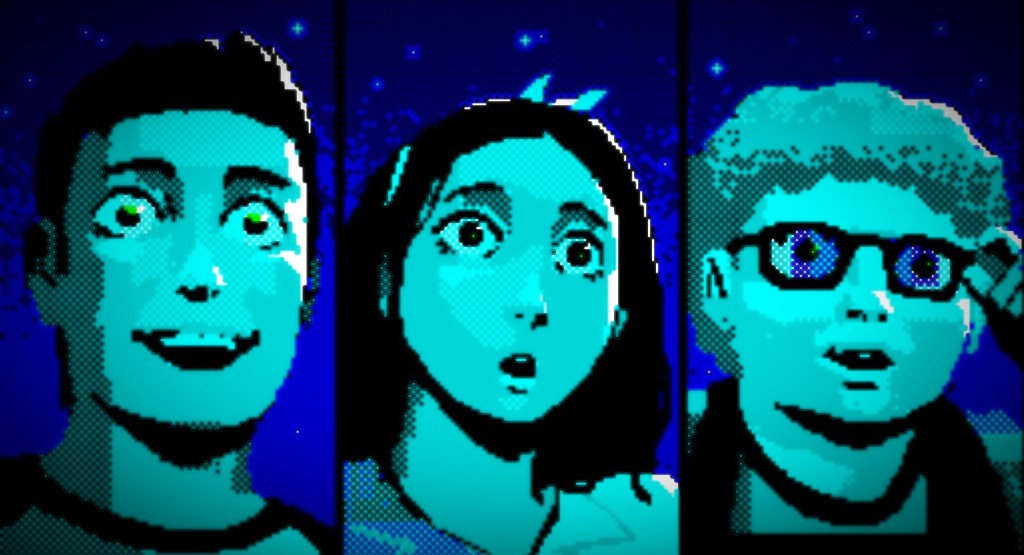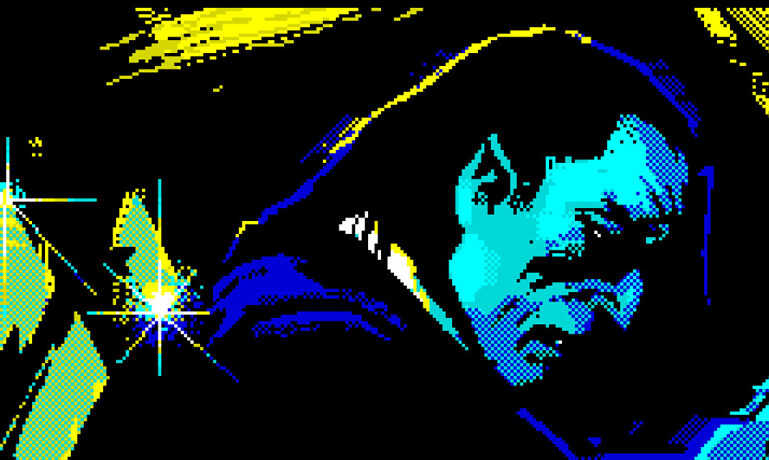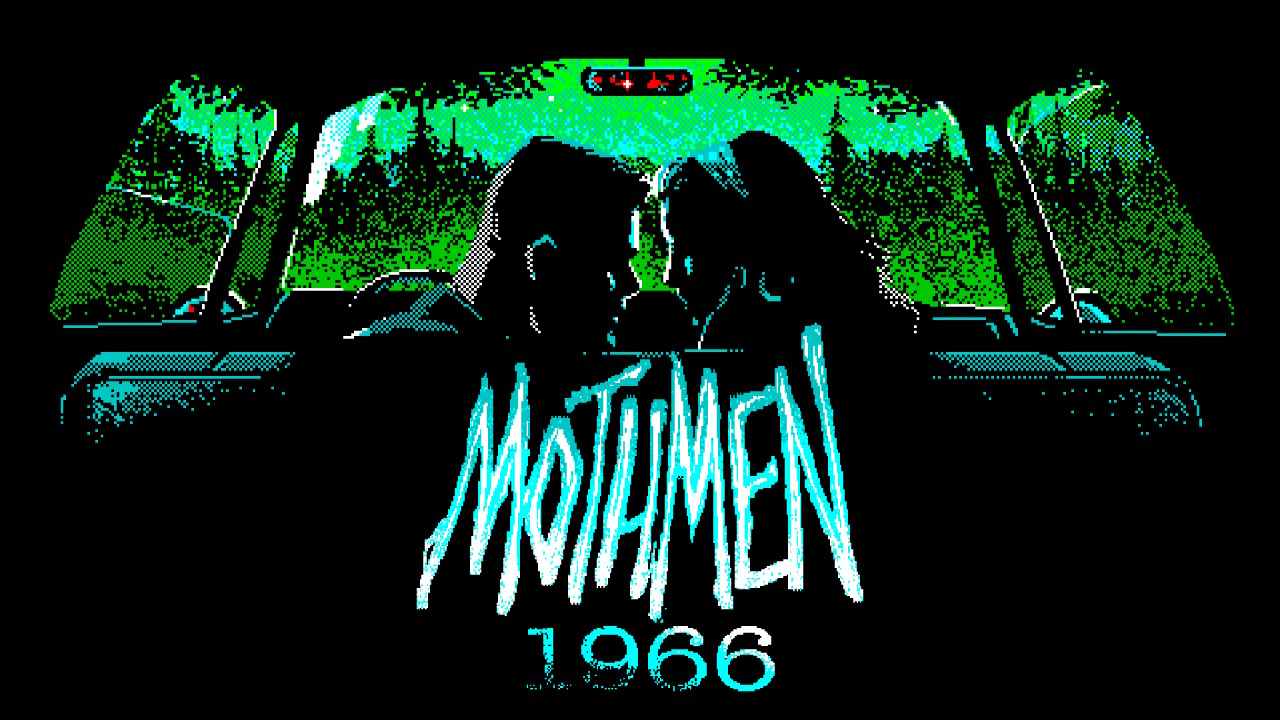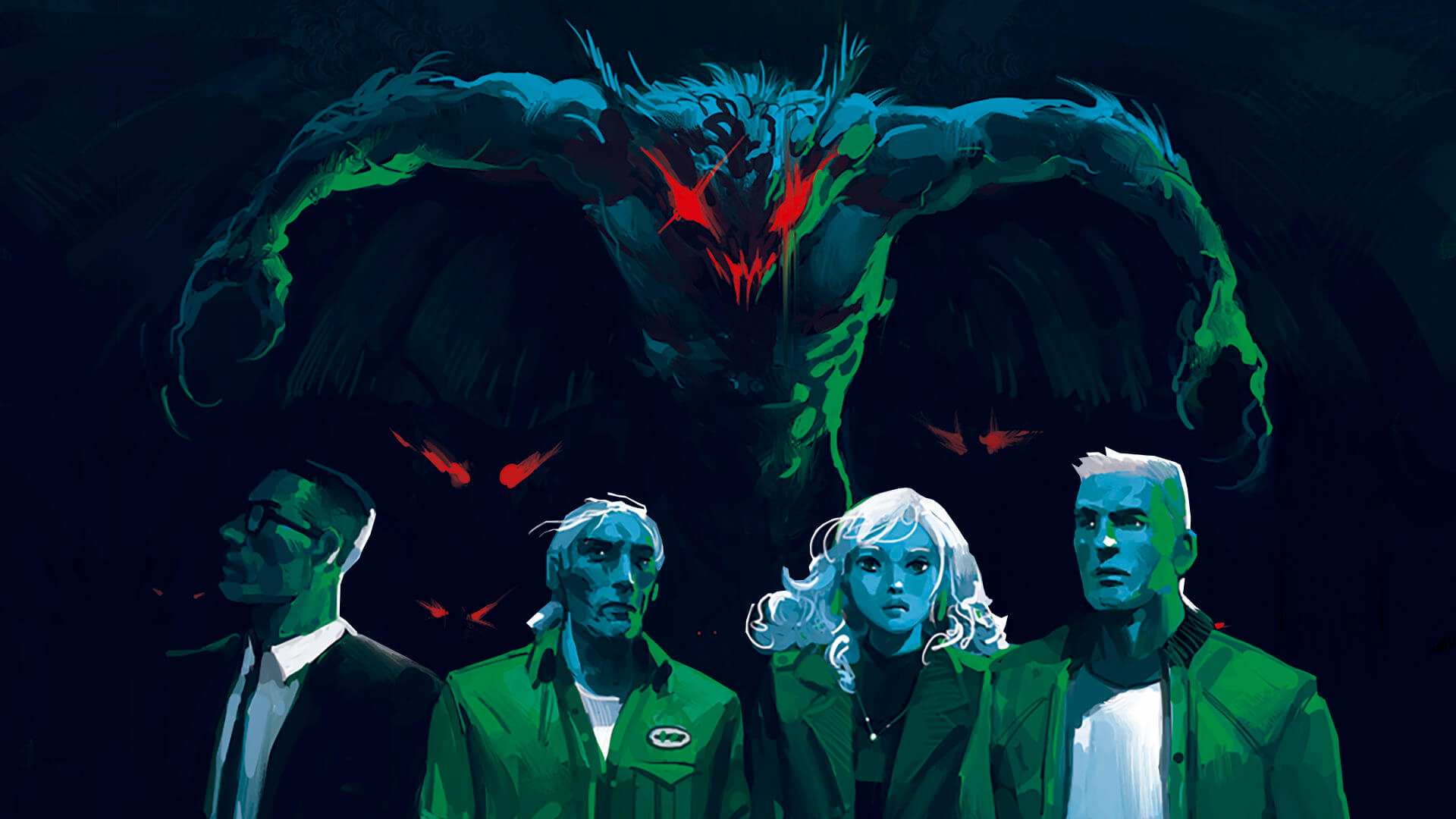
LCB Game Studios is Making My Kind of Visual Novels
Nostalgia dances and sparkles across the surface of LCB Game Studio’s Pixel Pulp visual novels. The simplistic color scheme, the look and feel of a home computer adventure game from the 1980s, and a classic sense of horror and sci-fi storytelling from the midway point of the last century. After finishing its latest game Varney Lake this week I could look back on several instances of this haggard old man’s eyes lighting up and drooping mouth stretching into an almost rictus grin. Why? Because it did two things.
It borrowed the feeling of Stephen King’s IT to tell a story of a 1950s childhood corrupted and it’s a melancholy story about a fucking vampire. The key takeaway is it is my kind of visual novel. It could be made for me if I was to be an egocentric prick and believe that was the truth of it. Luckily I’m just a prick with an adoration for a handful of books that connect with what LCB has made.
Even before I really got to watch a lot of the horror films that would end up being firm favorites, the world of books was giving me the launchpad for a horror obsession. When my parents moved house in the early 90s, we left a bookshelf full of stories the previous owners didn’t feel like packing up. My parents didn’t really check them out but left them amongst their own books after we moved in. They didn’t know of the smutty content in Eric Von Lustbader’s Sirens. I can’t tell you what it was actually about, but the name Eric Von Lustbader was an appropriate moniker.
The horror books were most important to me though. Harry Adam Knight’s The Fungus would be a horrifying look at a world besieged by mutant mushrooms long before Naughty Dog told a story like it. James Herbert’s The Rats tunneled into a kind of cruel gruesomeness I would grow to be obsessed with and when games like Dishonored and A Plague Tale arrived sporting their own hungry rats, I was extra smitten because of that book.
The author I would probably have never encountered if the previous tenants hadn’t got lazy enough to dump their old books on us was T.M. Wright. Four of the author’s novels were on the shelf. The two-part ghost story told in The Waiting Room and A Manhattan Ghost Story, the subtle undead tale of The Island, and crucially, the depressingly detailed story of living with vampirism that was The Last Vampire.

It was the first time I’d seen the romantic myth of vampirism described in a way that resonated with a failed romance (I wouldn’t discover that part for a few years though). The protagonist is a naive young man seduced by the alluring female vampire next door and the book details his life in the decades that follow. It’s horribly bleak and the impressive power of his curse slowly fades away to show the same horrible degradation of old age. Much has been lost in my own moves from home to home over the years, let alone my parents, but that book is one of very few that has remained in my possession for literal decades. It’s the reason I love vampire stories, especially the cruel pathetic tragedy of them.
So when LCB Game Studio revealed its latest was a vampire story I was naturally excited. But it was the combination with another comforting favorite that sent it over the edge for me.
Nostalgia is what I started with, and I’ve gone a bit into why what LCB makes is the perfect wayback machine fuel for me, but for all those influence points I’d already mentioned, they’d mean nothing if they didn’t include the book that was most influential on me.
At 13, a friend at school gave me their copy of Stephen King’s IT because our conversations during French class had led us to talk horror, and they were adamant this was a story I would be into. That friend never asked for that book back, and I still have it to this day. It’s missing some pages and I had to buy a new copy for reading purposes, but I can’t describe just how special and important that book is to me.

I was not a popular kid, but the natural friendships such as this that I formed during my early teens were the perfect mirror for what life was like for The Losers. So much of what I was going through on a personal level was connective tissue to Bill, Ben, Beverly, Eddie, Stan, Mike, and Richie.
Richie felt like my avatar. I often cursed the fact that the rest of my family had to wear glasses whilst I was burdened with a deaf ear because I wanted nothing more than a pair of thick-rimmed glasses like Richie Tozier. As I get older, I still hold out hope my eyes will be shit enough I need glasses just so I can legitimately fulfill that dream.
Anyway, the concoction of an almost melancholy vampire story and outcast kids discovering something frighteningly powerful and tragic makes Varney Lake feel special to me. LCB’s Pixel Pulp series flits between character perspectives and digs up details for each that grow the story and appreciation of those characters.
Jimmy and Doug are childhood pals enjoying their Summer alongside Doug’s cousin Christine. Jimmy has an awkward crush on Christine that she recognizes, but away from this place, she has a boyfriend already. That stumbling youthful romance teases the possibility of a union down the line, which is deliberately soured when we encounter the characters decades later. When these kids met the vampire in the Summer of 54, something happened that isn’t immediately made clear in the past, but clearly haunts the characters in 1981. As the game loops around to its point during a two-hour playtime, it shifts and swerves expectations. A near-constant lingering threat of something dreadful bubbles under the surface of oddly warm interactions between the vampire and the kids. You can almost smell what will happen so pungent is the threat of it.

Varney Lake’s vampire is a fascinating one. It begins by owing a debt to the kids after they rescue it from sunlight, and appears to be grateful for that, and so begins a strange friendship. Yet everything we’ve ever learned about vampires will tell you there’s a chance this relationship can’t go on being so even. That’s the dread hook that the story hangs on as it goes back and forth between time periods. LCB does a fine job of balancing the feeling of pity, awe, and fear toward this creature.
Considering the relatively simple visual style, Varney Lake oozes a hazy Summer atmosphere in its 1954 portion. The shots of the clear sky over open fields. The games the trio of friends make up to pass the time. Their humble dream to save their local drive-in, and the mini-dramas built from adolescent hopes and fears of the future. It’s kind of delicious that the 1981 sections are dark, rainwashed environments with older characters looking haggard and full of regret. In the retelling of that Summer’s events, you can see how the passage of time has wounded them in more ways than one.
And that’s what really did it for me. Varney Lake’s downbeat romanticism of childhood loss gives its vampire tale a unique identity. It’s not trying to be a tear-jerker. Nor does it revel in violence and terror. It just saturates that dreadful feeling of time passing by and being powerless to take back what has been and gone.
Check out DreadXP for more horror game editorials, reviews, and interviews.




